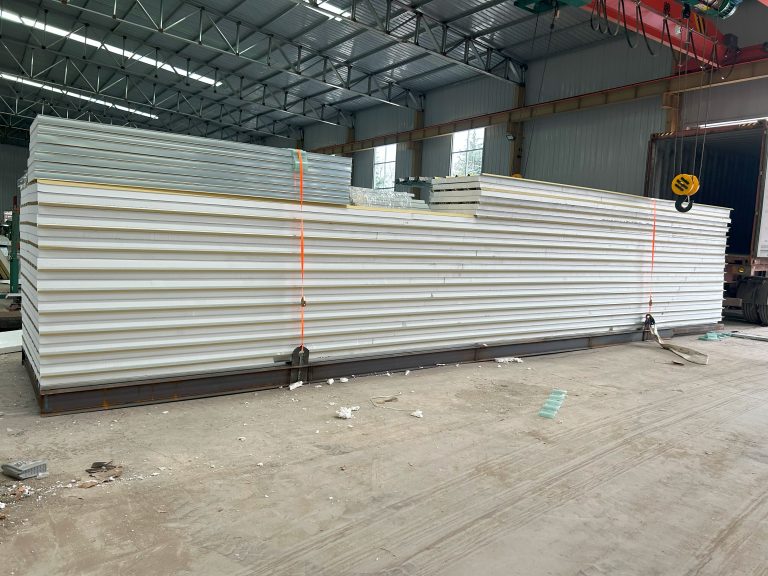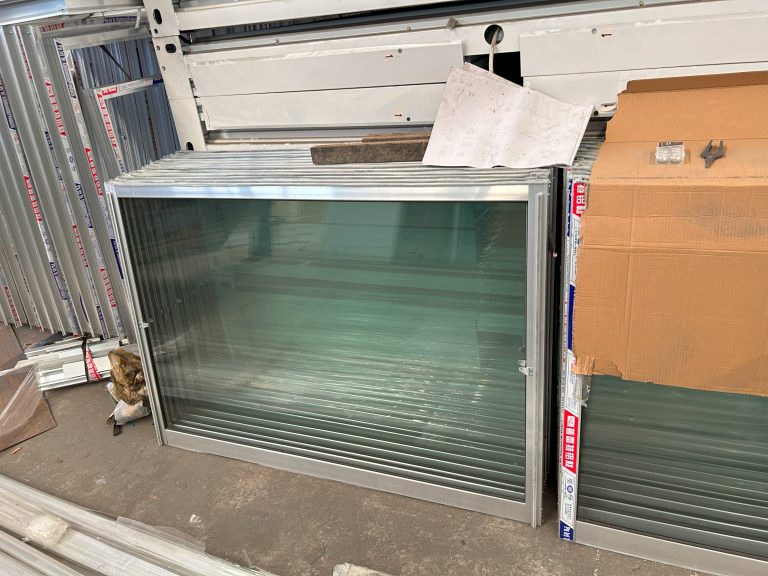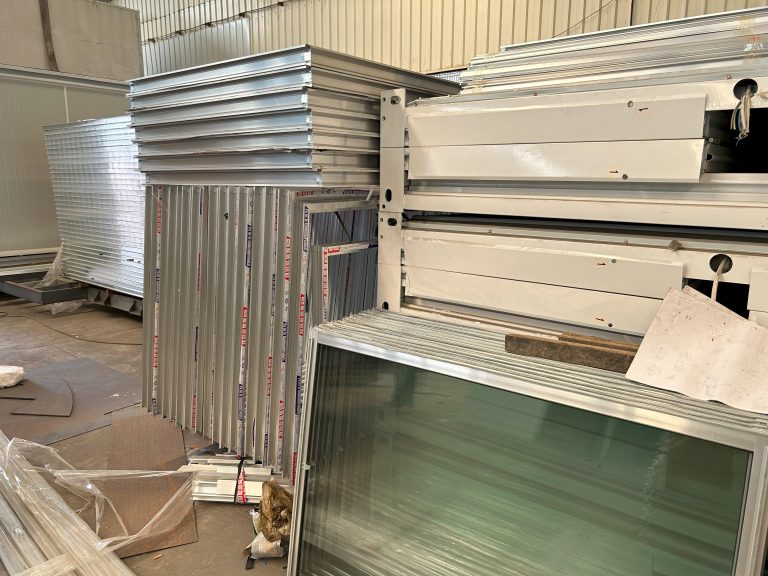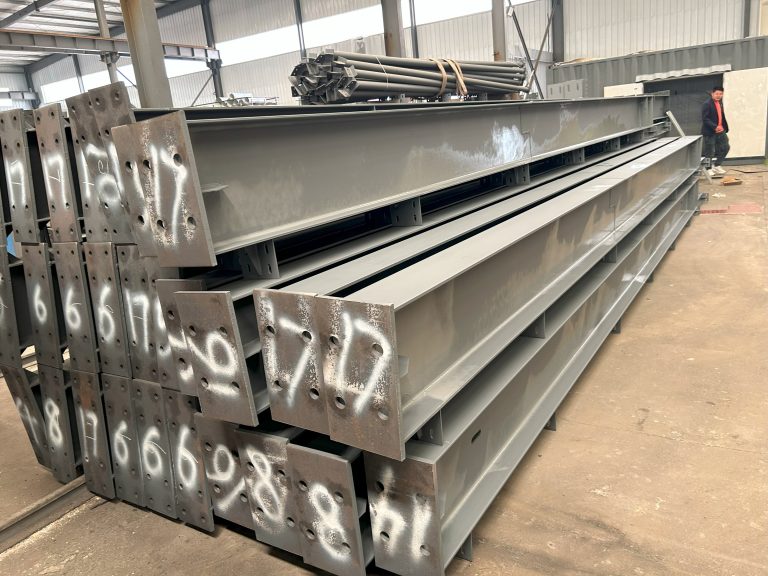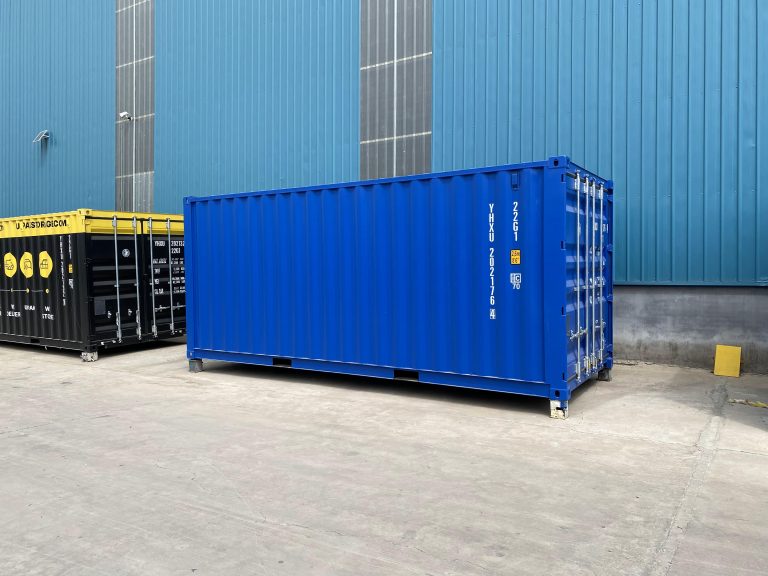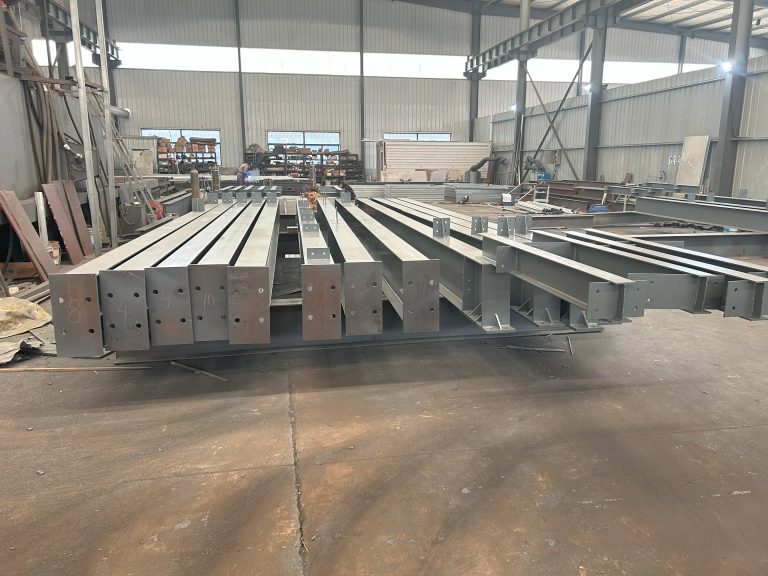What is the price and performance of stainless steel building materials?
Inhoudsopgave
Pros and Cons of Using Stainless Steel Building Materials
Stainless steel is a popular choice for building materials due to its durability, strength, and aesthetic appeal. However, the price and performance of stainless steel building materials can vary depending on a variety of factors. In this article, we will explore the pros and cons of using stainless steel building materials to help you make an informed decision for your next construction project.
One of the main advantages of using stainless steel building materials is their durability. Stainless steel is resistant to corrosion, rust, and staining, making it an ideal choice for outdoor applications or areas with high moisture levels. This durability also means that stainless steel building materials require minimal maintenance, saving you time and money in the long run.
In addition to its durability, stainless steel is also incredibly strong. This strength makes stainless steel building materials suitable for a wide range of applications, from structural components to decorative finishes. Stainless steel can support heavy loads and withstand extreme weather conditions, making it a reliable choice for buildings in any environment.
Another benefit of using stainless steel building materials is their aesthetic appeal. Stainless steel has a sleek, modern look that can enhance the overall design of a building. Whether used for cladding, roofing, or interior finishes, stainless steel adds a touch of sophistication and elegance to any project. Additionally, stainless steel is available in a variety of finishes, including brushed, polished, and matte, allowing for customization to suit your design preferences.
Despite its many advantages, there are some drawbacks to using stainless steel building materials. One of the main concerns is the cost. Stainless steel is generally more expensive than other building materials, such as aluminum or galvanized steel. The price of stainless steel can vary depending on the grade, finish, and thickness of the material, so it is important to consider your budget when choosing stainless steel for your project.
Another potential downside of using stainless steel building materials is their susceptibility to scratching and denting. While stainless steel is durable and resistant to corrosion, it is not completely immune to damage. Scratches and dents can detract from the appearance of stainless steel, especially in high-traffic areas or on surfaces that are frequently touched. However, these imperfections can often be repaired or minimized with proper maintenance and care.
In conclusion, the price and performance of stainless steel building materials have both pros and cons. While stainless steel offers durability, strength, and aesthetic appeal, it can be more expensive than other materials and may be prone to scratching and denting. Ultimately, the decision to use stainless steel building materials will depend on your specific needs, budget, and design preferences. By weighing the advantages and disadvantages of stainless steel, you can make an informed choice that will result in a successful construction project.
Comparing the Cost and Durability of Stainless Steel vs. Other Building Materials
Stainless steel is a popular choice for building materials due to its durability, strength, and aesthetic appeal. However, many people are hesitant to use stainless steel in their construction projects due to concerns about cost. In this article, we will explore the price and performance of stainless steel building materials compared to other commonly used materials.
When it comes to cost, stainless steel is generally more expensive than other building materials such as wood, aluminum, and plastic. The price of stainless steel can vary depending on the grade and finish of the material, as well as the size and complexity of the project. While the initial cost of stainless steel may be higher, it is important to consider the long-term benefits of using this material.
One of the main advantages of stainless steel is its durability. Stainless steel is resistant to corrosion, rust, and staining, making it an ideal choice for outdoor and high-traffic areas. Unlike other materials that may degrade over time, stainless steel maintains its strength and appearance for many years. This longevity can result in cost savings over the lifespan of the building, as there is less need for repairs and replacements.
In addition to its durability, stainless steel is also a low-maintenance material. Unlike wood, which requires regular staining and sealing, or aluminum, which can dent and scratch easily, stainless steel is easy to clean and maintain. A simple wipe down with a damp cloth is usually all that is needed to keep stainless steel looking like new. This ease of maintenance can save time and money in the long run, as there is less need for costly upkeep.
Another factor to consider when comparing the price and performance of stainless steel building materials is their environmental impact. Stainless steel is a sustainable material that is 100% recyclable. This means that at the end of its life cycle, stainless steel can be melted down and reused to create new products. In contrast, other materials such as wood and plastic may end up in landfills, contributing to environmental pollution. By choosing stainless steel, builders can reduce their carbon footprint and support a more sustainable construction industry.

In conclusion, while stainless steel may have a higher upfront cost compared to other building materials, its durability, low maintenance, and environmental benefits make it a worthwhile investment. By choosing stainless steel for construction projects, builders can create structures that are not only aesthetically pleasing but also long-lasting and sustainable. When considering the price and performance of building materials, it is important to look beyond the initial cost and consider the long-term benefits that stainless steel can provide.

